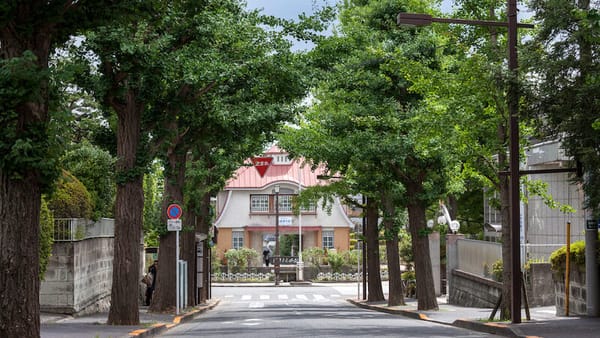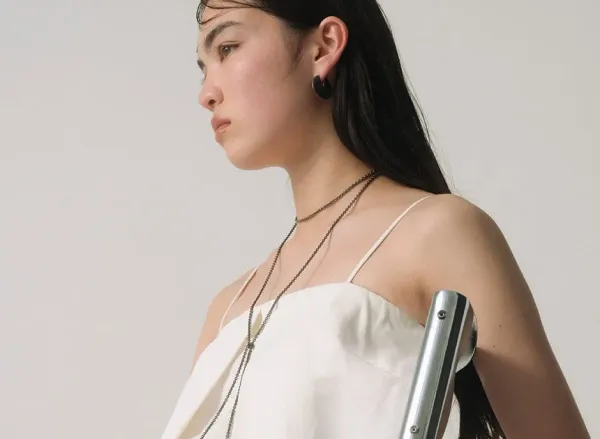Too Bright? Too Bold? Navigating Colour, Confidence, and Judgment in Japan
A splash of saffron, a whisper of moss—colour in Japan is a quiet rebellion.
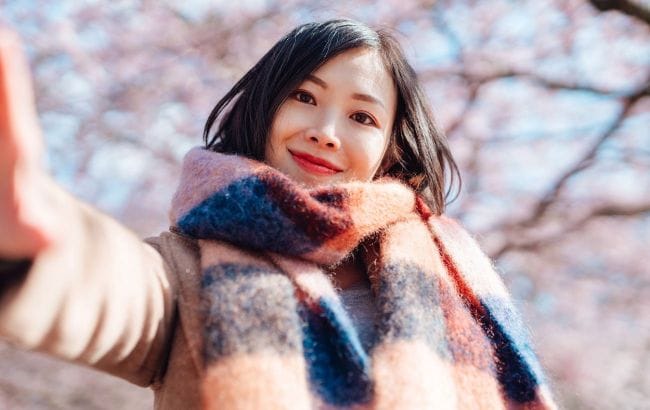
How to wear colour in Tokyo—and stay true to yourself in a city that often prefers to stay muted.
A Whisper, a Word, a Feeling
“I wore a tank top and loose pants from Uniqlo to the grocery store,” one woman wrote online. “A Japanese mother and her little boy looked at me and said, ‘チャラい charai.’”
There were no other shoppers nearby. No loud makeup, no flashy accessories. Just a light summer outfit in a humid Tokyo aisle. Still, the word landed. Charai—a slippery insult, often used for men who dress too boldly, flirt too easily, shine too loudly.
The woman turned around. The mother walked away.
It was a passing moment—but not a small one. Because if you’re a woman living in Japan, especially as a foreigner, these micro-judgments stack up fast. A short hemline, a strong lip, or yes, even colour—can become cause for scrutiny.
So how do we dress with confidence in a culture that often equates visibility with vanity?
At Coulecte, we believe the answer is neither retreat nor rebellion. It’s restraint, intention, and self-trust—the quiet power of colour worn with grace.
The Unspoken Dress Codes of Tokyo
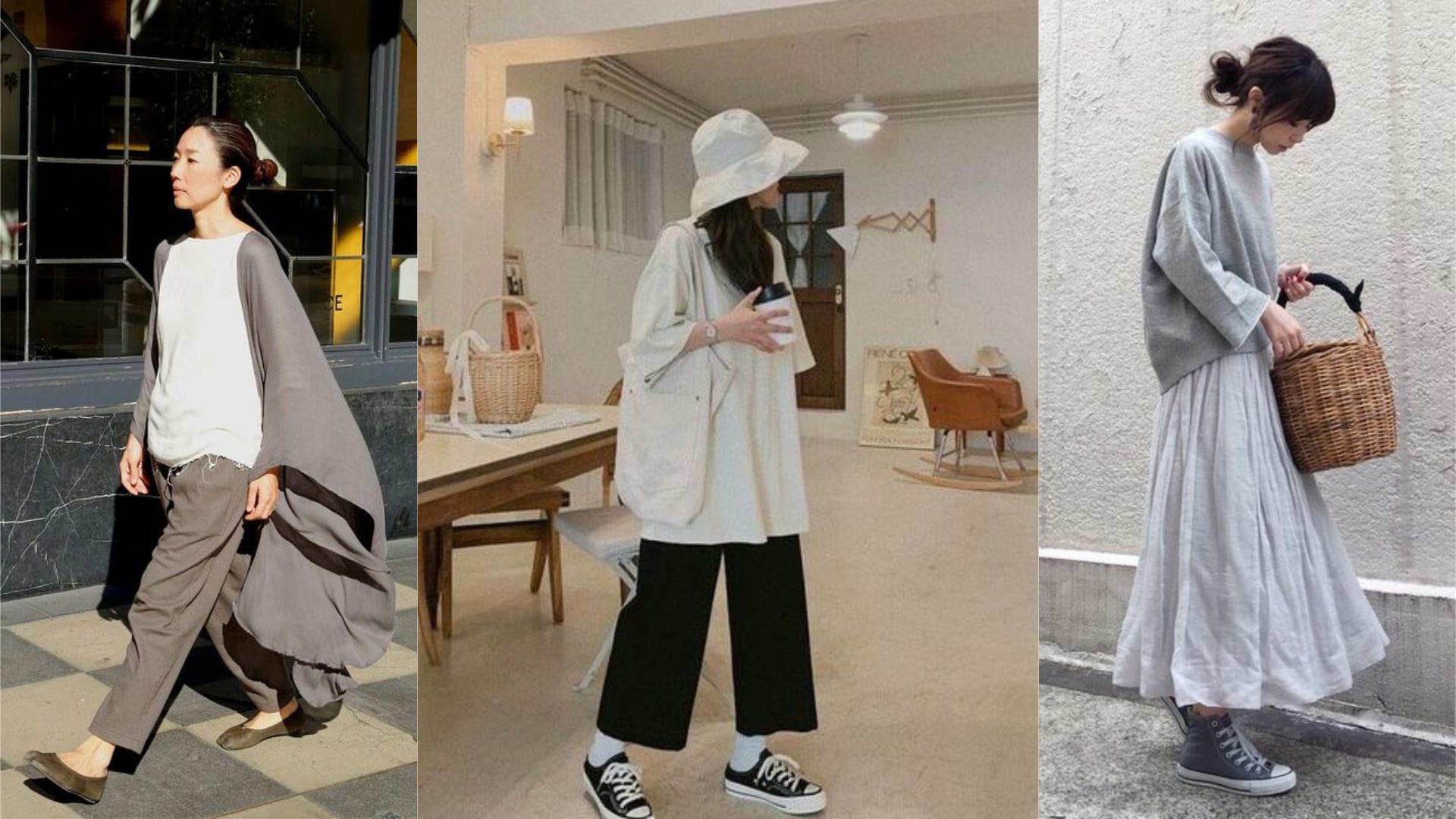
Walk down any major street in Tokyo and you’ll notice the palette: black, beige, navy, white. If there is colour, it’s soft—dusty mauve, moss green, slate blue. Japanese fashion isn’t about monotony; it’s about harmony.
The cultural ideal of shibui (渋い) describes this precisely—an understated beauty that doesn’t shout. Even in trend-forward areas like Daikanyama or Omotesando, outfits rarely feel theatrical. The city appreciates balance, and the right amount of colour is often just a whisper.
But what if you’re used to expressing yourself more boldly? What if your skin tone, body shape, or styling already “stands out”? For many women, especially those not raised within Japan’s aesthetic norms, fashion becomes emotional terrain.
And colour? That becomes a language you have to relearn.
When Colour Feels Like a Risk
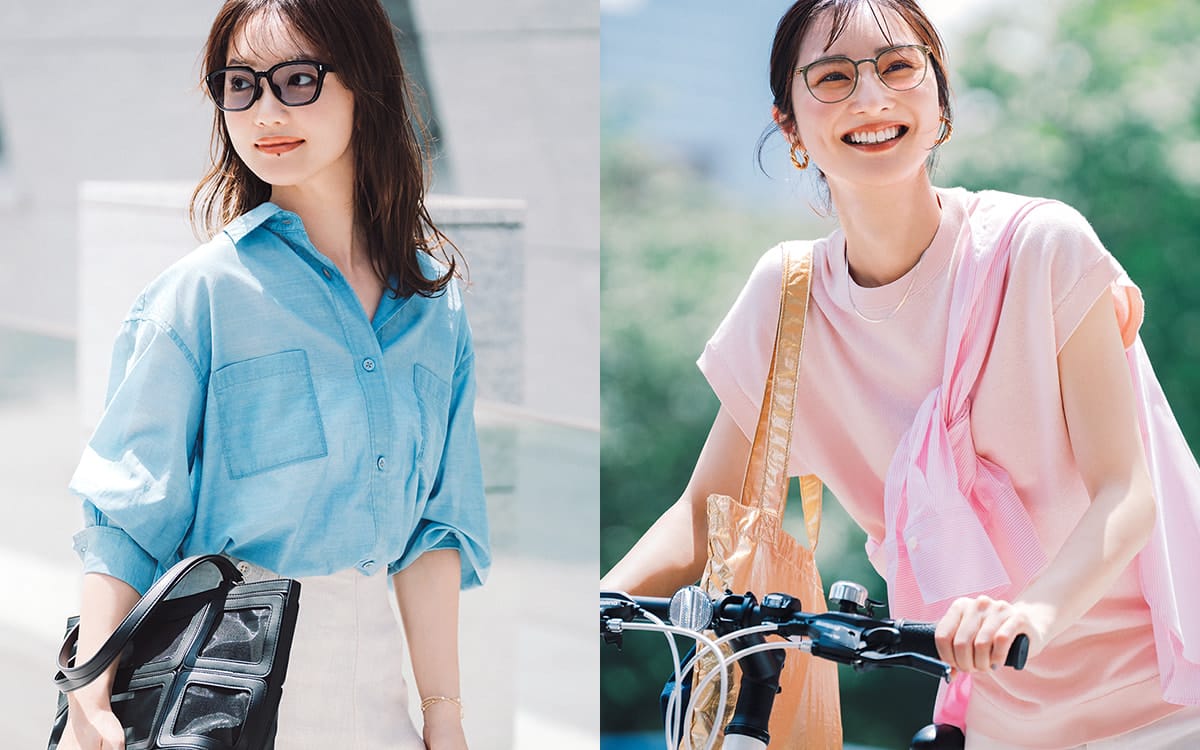
The sting of being called charai—or even just stared at—can make you second-guess yourself. Are these earrings too loud? Should I swap this yellow dress for navy? Is a pop of pink too much on the train?
You start dressing for the background, not for yourself.
One Coulecte reader told us:
“I used to wear bold colours in Paris all the time. But in Tokyo, I began defaulting to grey. One day I caught my reflection and thought—who am I blending in for?”
For women in their 30s and 40s navigating life in Japan, these questions are more than style concerns. They’re emotional, cultural, even existential. It’s not about fashion. It’s about how to feel like yourself in a place that quietly asks you to adjust into the 'ideal' and 'appropriate' Japanese Stepford wife.
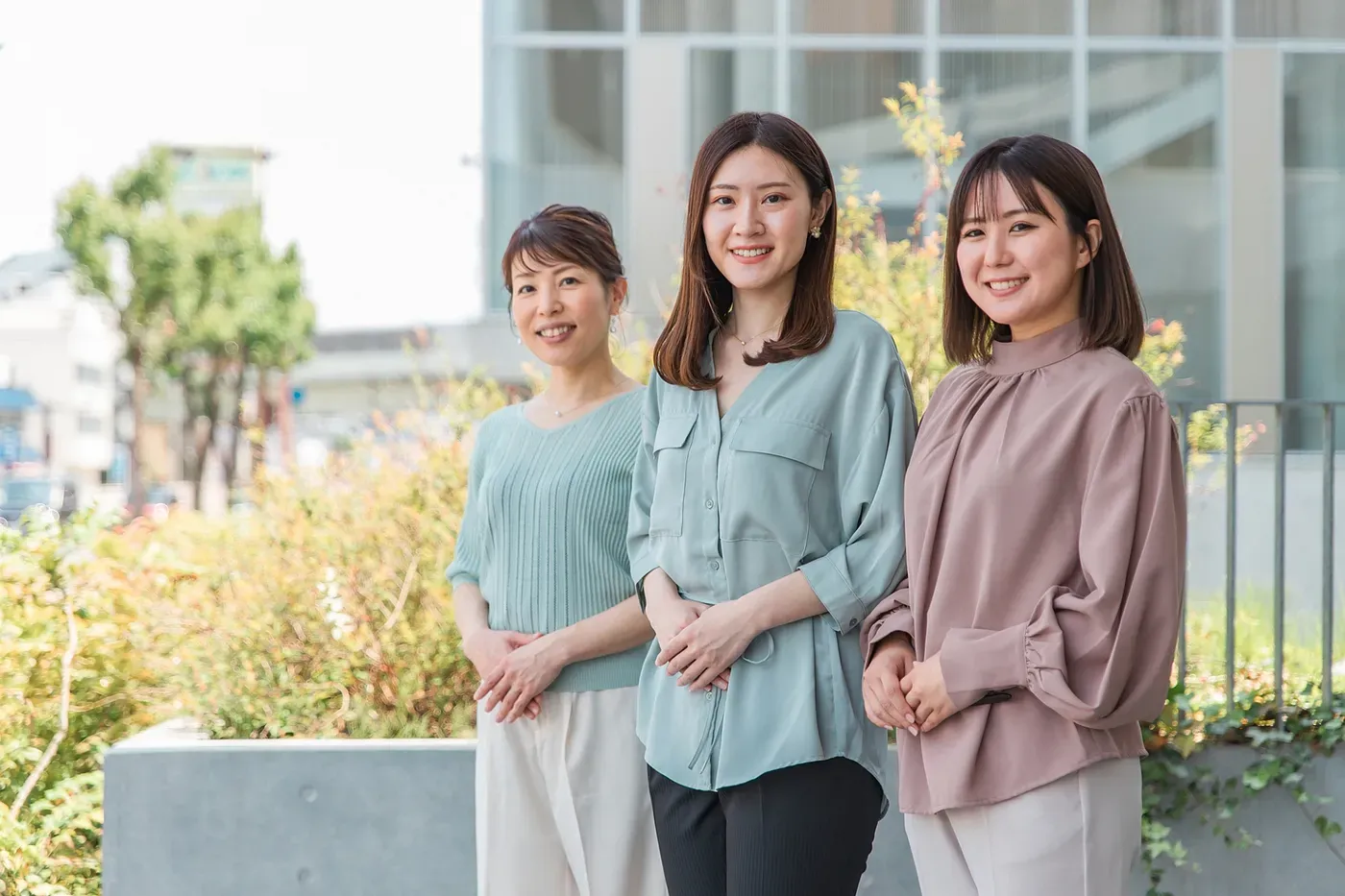
The Art of Subtle Colour: A Guide
You don't need to turn your wardrobe into black and blues, or sacrifice your favourite colours. It just needs to be reimagined. Here’s how Coulecte women do it—with thoughtfulness, grace, and a hint of rebellion that no one sees coming.
1. Simply Dial Down the Intensity of the Colour
Swap high-saturation brights for softened tones.
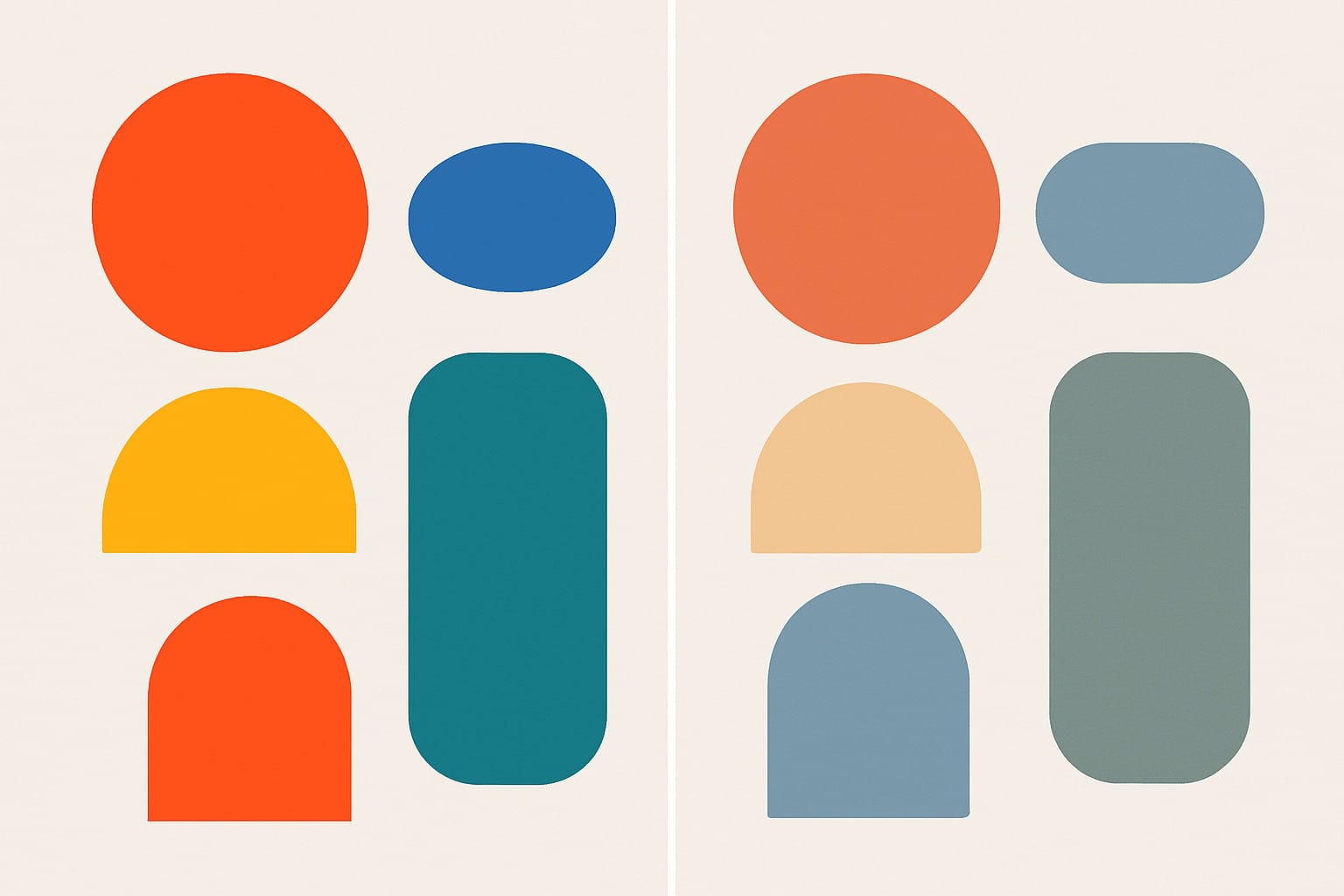
These shades add warmth without stealing the scene (or inviting glares).
2. Place Colour Where It Whispers
In Tokyo, detail is everything. Colour feels more elegant when it’s:
- Lining a jacket
- Peeking from a blouse collar
- On a scarf tucked into your bag
- In a lipstick barely deeper than your natural tone
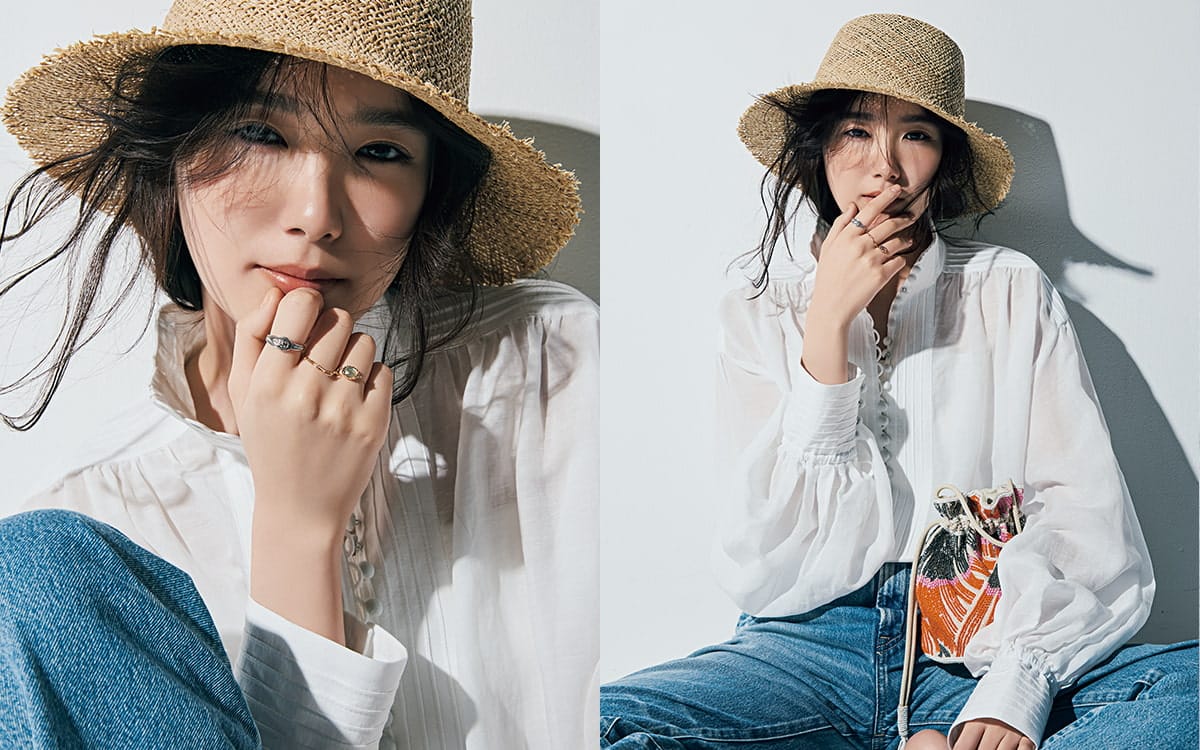
Let the colour live close to the body, rather than across it.
3. Pair with Earthy Textures
Natural fabrics soften colour’s edge. A marigold linen shirt or deep indigo cotton skirt absorbs light differently than synthetics.
The result? Colour that breathes, not shouts.
4. Follow the “One Accent Rule”
Try this: one dominant neutral (navy, black, beige), one colour accent (ochre, plum, moss). It’s a Tokyo-tested formula that always looks composed.
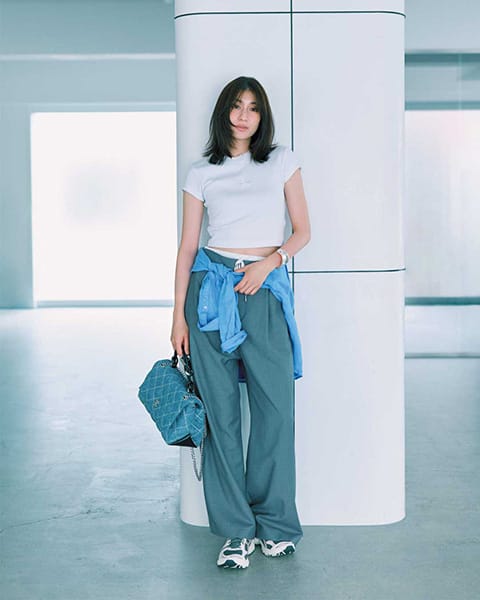
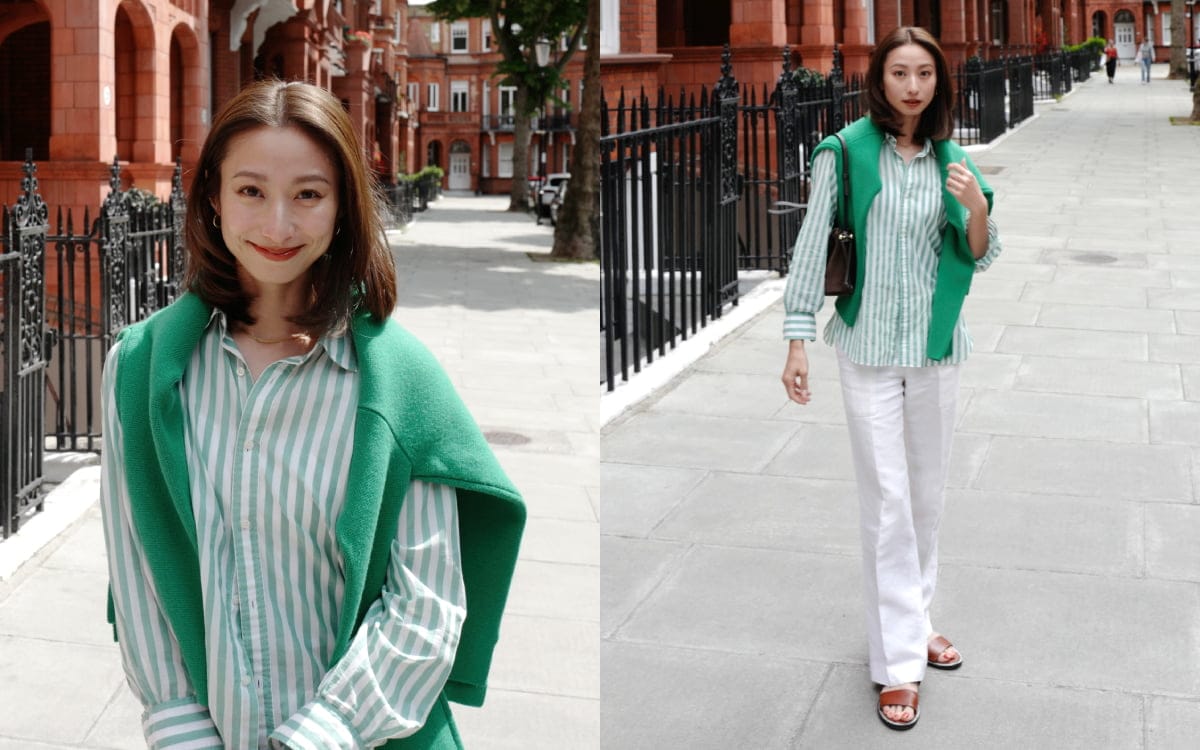
Pro tip: Layer different textures in the same colour family.
5. Let Culture Guide, But Not Define You
There’s deep beauty in traditional Japanese colour theory—shades like ai (indigo), benibana (safflower red), and uguisu (warbler green). These hues carry history and subtlety—and look striking on modern silhouettes.
Draw inspiration, but don’t turn it into another rule. Your wardrobe should reflect your story, not just the one the city wants to write for you.
Dressing for the Gaze (or Ignoring It)
The truth is: sometimes, no matter what you wear, someone will judge.
Too colourful. Too confident. Too foreign.
And sometimes they’ll say it in front of their child. Sometimes they’ll whisper it at the grocery store.
But here’s the other truth: that’s not your responsibility.
Your job isn’t to disappear. Your job is to dress in a way that feels like home to your body, your energy, your morning mood.
Some days that might be charcoal and cream. Other days, saffron and wine.
The point isn’t to blend in. It’s to belong to yourself.
The Last Word (and It’s Yours)
Fashion in Japan isn’t just about what you wear—it’s about what you’re willing to claim. Not for approval, not for rebellion, but for presence.
So next time you put on colour—whether it’s a sky-blue blouse or a rust-toned scarf—wear it like a quiet sentence only you can finish.
If this piece resonates with you—if you’ve ever stood in front of your closet, wondering how to be true to yourself and still blend in—join us. Follow Coulecte on Instagram @coulecte and YouTube @coulectejapan. We write for women who live between cultures, and dress like they know it.




